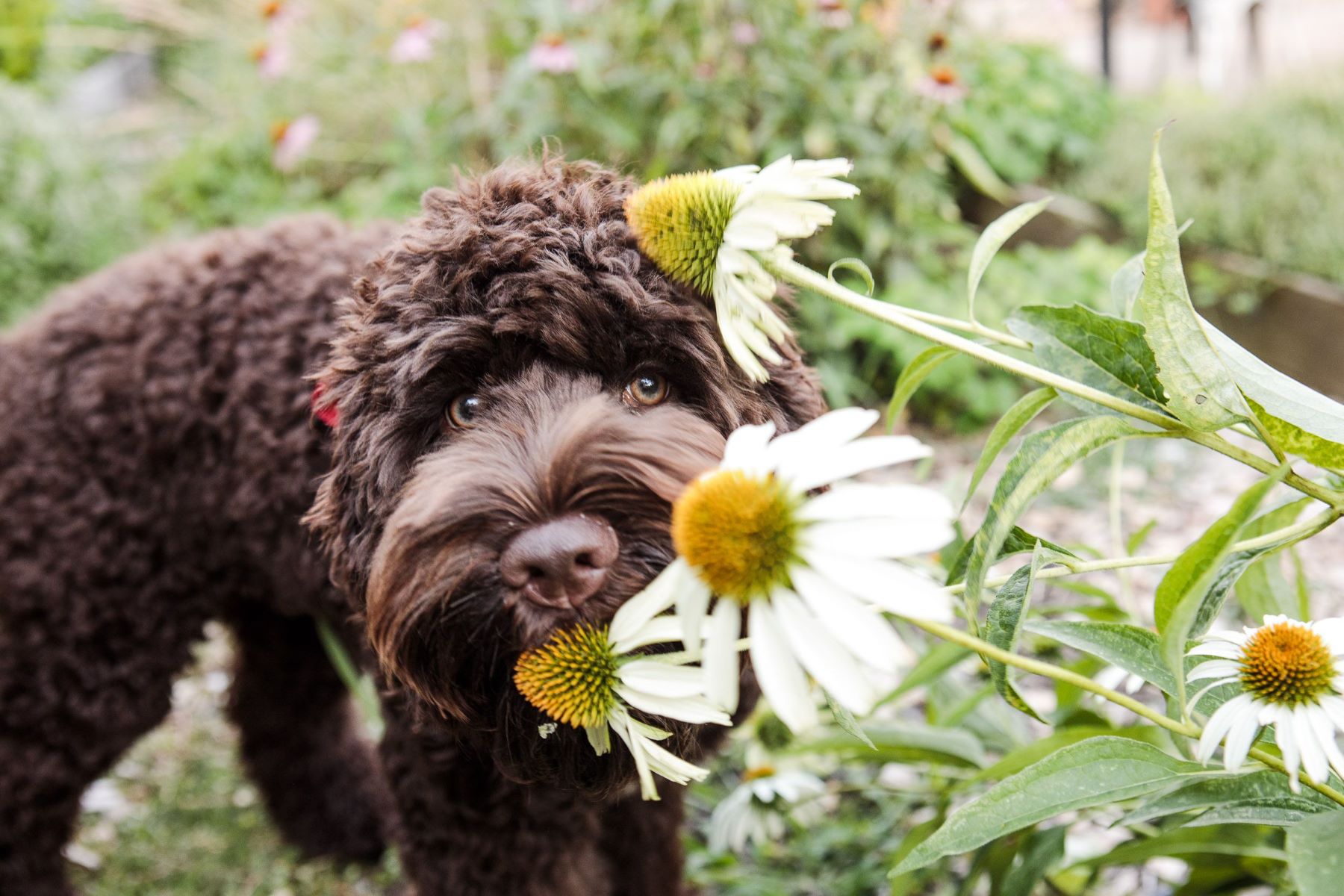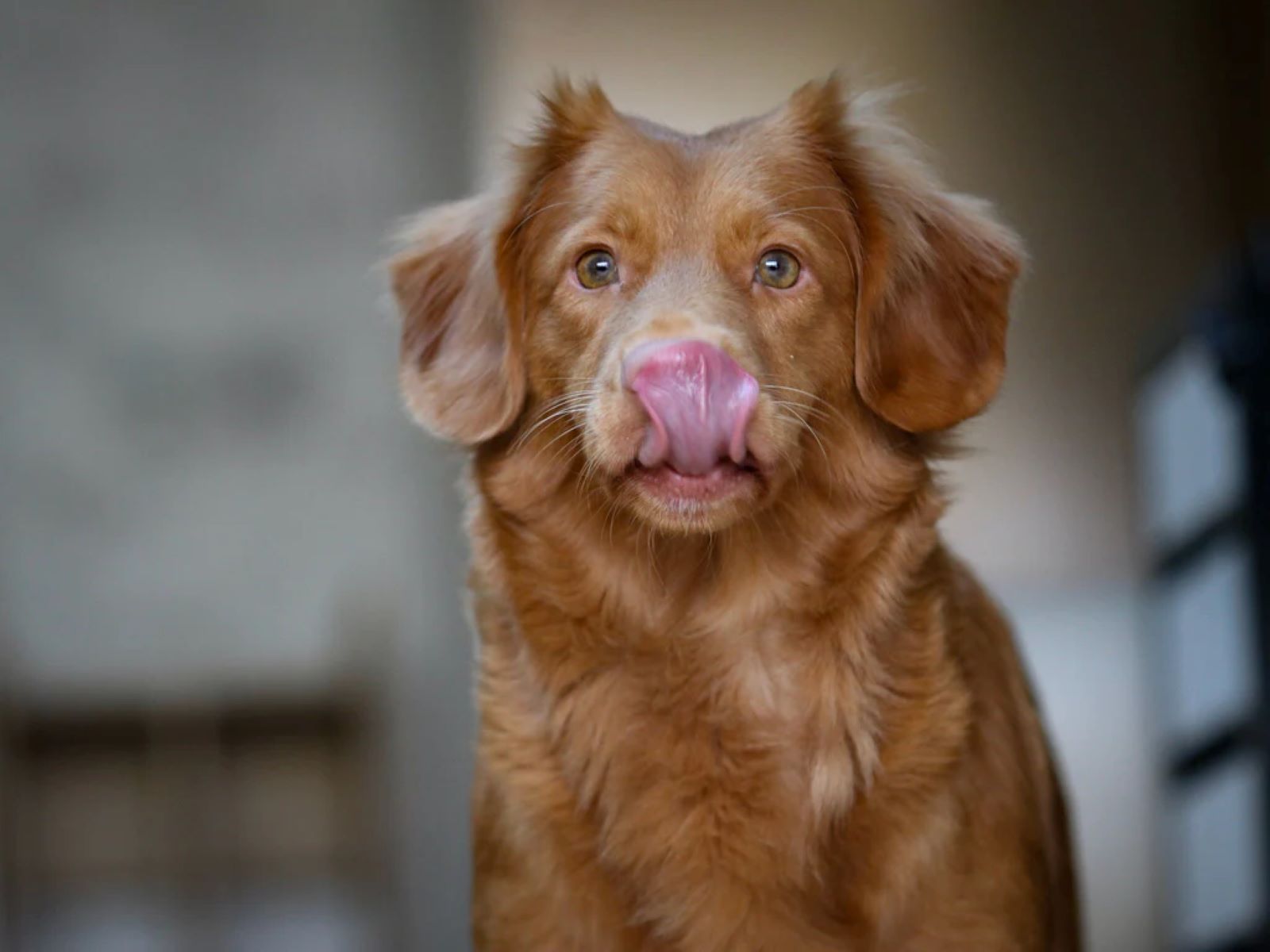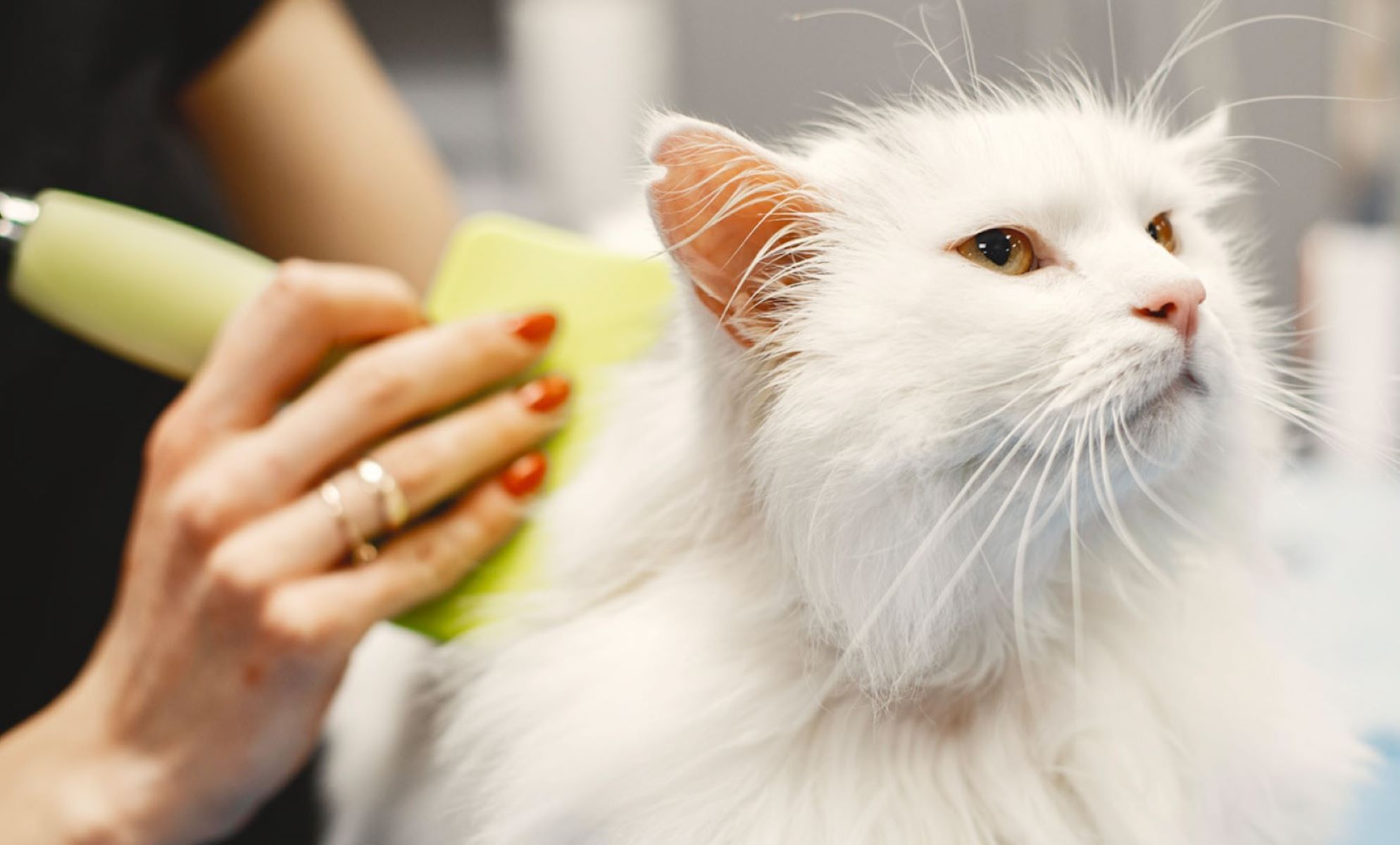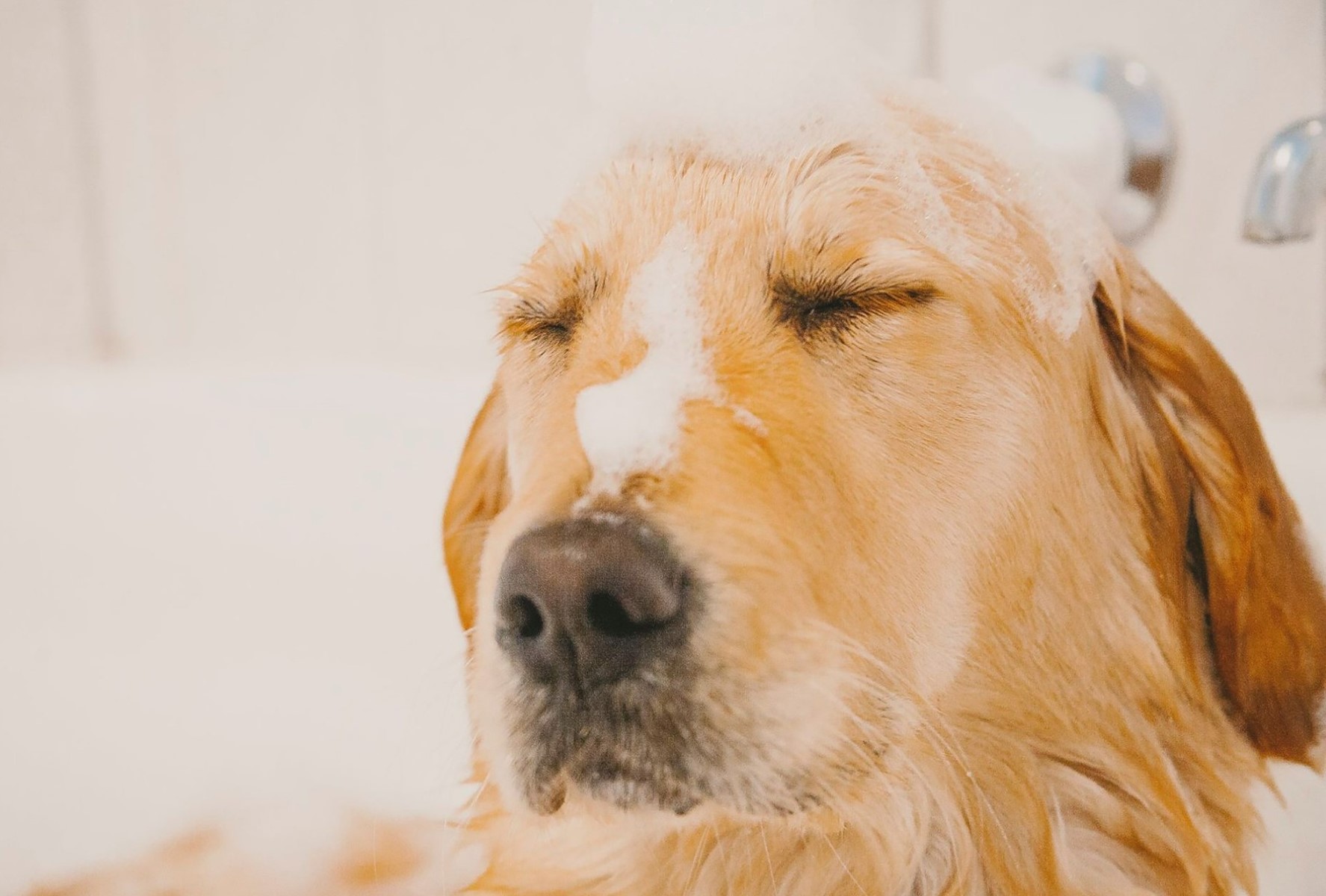Home>Health and Wellness>The Best Pet-Safe Bug Repellent For Your Dog’s Licking Habit
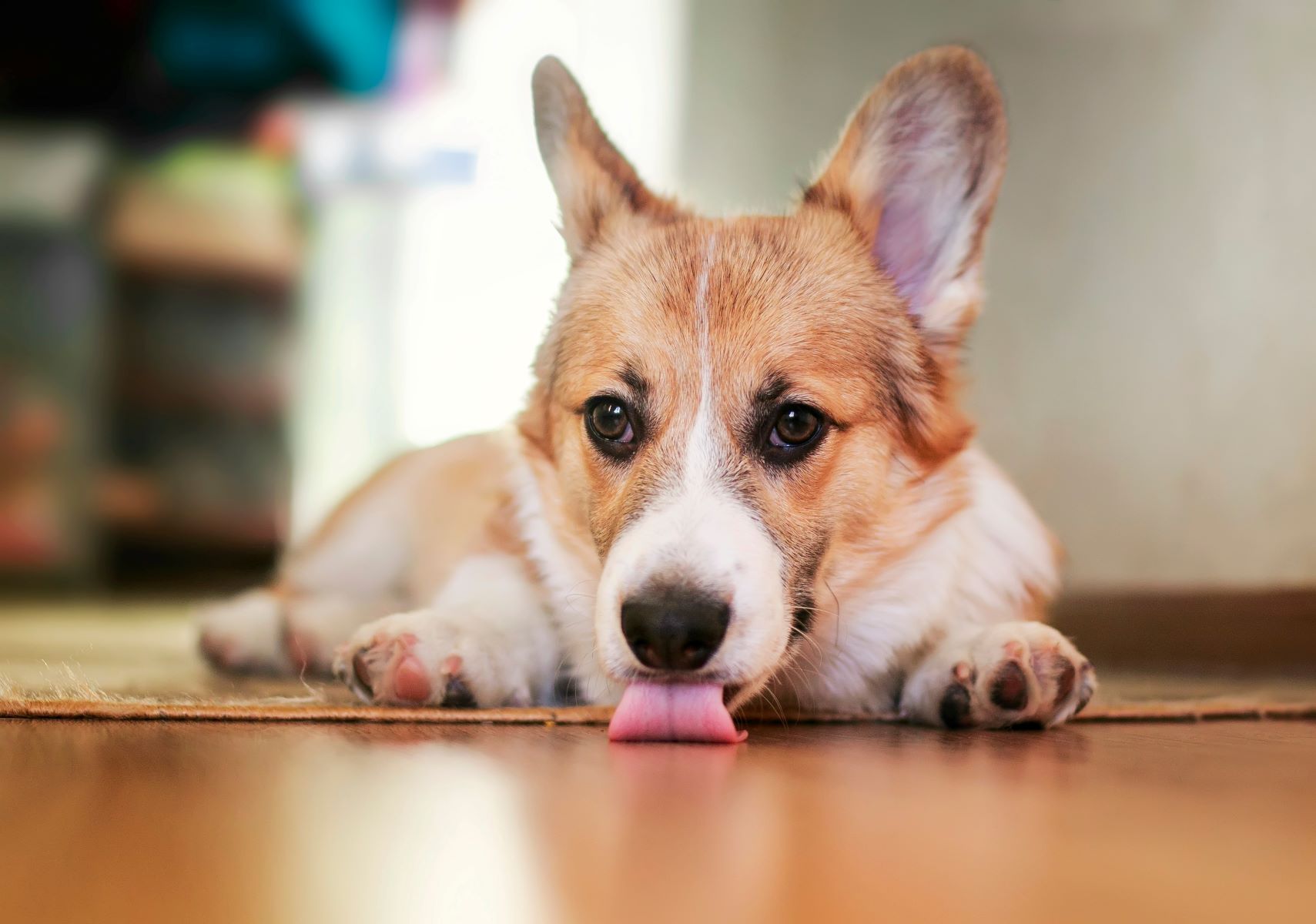

Health and Wellness
The Best Pet-Safe Bug Repellent For Your Dog’s Licking Habit
Published: January 21, 2024
Keep your dog protected from bugs without compromising their health and wellness. Discover the best pet-safe bug repellent to address your dog's licking habit.
(Many of the links in this article redirect to a specific reviewed product. Your purchase of these products through affiliate links helps to generate commission for Regretless.com, at no extra cost. Learn more)
Table of Contents
Introduction
Protecting your furry friend from pesky bugs is a top priority for any pet owner. However, finding a bug repellent that is safe for your dog can be a daunting task. With the abundance of products on the market, it's crucial to understand the potential risks associated with traditional bug repellents and the importance of opting for pet-safe alternatives.
As a devoted pet parent, you want to ensure that your dog remains free from the irritation and potential health hazards posed by insects. Whether it's a leisurely stroll in the park or an adventurous hike in the woods, your dog's well-being is paramount. This is where the significance of using pet-safe bug repellents comes into play.
In this comprehensive guide, we will delve into the world of pet-safe bug repellents, shedding light on the risks associated with conventional products and providing valuable insights into identifying the best solutions for your furry companion. By the end of this article, you will be equipped with the knowledge and resources needed to safeguard your dog from bugs while maintaining their overall health and happiness.
Understanding the Risks of Bug Repellents for Dogs
When it comes to protecting our canine companions from pesky bugs, it's essential to be mindful of the potential risks associated with traditional bug repellents. Many conventional bug repellent products contain chemicals such as DEET, permethrin, and pyrethroids, which can pose serious health hazards to dogs when ingested or absorbed through the skin.
One of the primary concerns with traditional bug repellents is the risk of toxicity. Dogs have a tendency to lick their fur, especially after being exposed to unfamiliar scents or substances. If a dog licks or ingests a bug repellent containing toxic chemicals, it can lead to a range of adverse effects, including gastrointestinal distress, neurological symptoms, and in severe cases, organ damage.
In addition to the potential for toxicity, certain bug repellents can also cause skin irritation and allergic reactions in dogs. Dogs with sensitive skin may experience redness, itching, and inflammation when exposed to chemical-laden repellent products. This can not only cause discomfort for the dog but also lead to secondary skin infections if left untreated.
Furthermore, the inhalation of bug repellent sprays or fumes can be harmful to dogs, particularly those with respiratory issues or sensitivities. The airborne particles from repellent sprays can irritate the respiratory tract and exacerbate existing respiratory conditions, leading to coughing, wheezing, and difficulty breathing.
It's crucial for pet owners to recognize that dogs, especially puppies and senior dogs, are more vulnerable to the adverse effects of chemical bug repellents due to their smaller size and developing or compromised immune systems. Moreover, certain breeds may be more susceptible to the toxic effects of specific chemicals, making it imperative to exercise caution when using traditional bug repellents on dogs.
Understanding these risks underscores the importance of seeking out pet-safe bug repellent alternatives that provide effective protection against insects without compromising the well-being of our beloved canine companions. By being aware of the potential dangers associated with conventional bug repellents, pet owners can make informed decisions to safeguard their dogs from harm while enjoying the great outdoors.
Identifying Pet-Safe Bug Repellent Options
When it comes to choosing a bug repellent that is safe for your dog, it's essential to prioritize products that effectively repel insects while being gentle on your pet's skin and overall health. Fortunately, there are several pet-safe bug repellent options available that provide reliable protection without exposing your dog to harmful chemicals.
-
Natural Essential Oil-Based Repellents: Opting for bug repellents derived from natural essential oils is a popular choice among pet owners. Ingredients such as citronella, lemongrass, cedarwood, and geraniol are known for their insect-repelling properties and are safe for use on dogs. These natural formulations effectively deter pests while emitting pleasant scents, making them a favorable option for pet owners seeking non-toxic solutions.
-
Herbal and Botanical Sprays: Herbal and botanical bug repellent sprays formulated specifically for dogs offer a safe and effective alternative to traditional chemical-laden products. These sprays often contain plant-derived ingredients such as peppermint, rosemary, and thyme, which not only repel insects but also soothe and nourish your dog's skin. Additionally, many herbal sprays are free from synthetic fragrances and dyes, reducing the risk of skin irritation and allergic reactions.
-
DIY Bug Repellent Recipes: For pet owners who prefer a hands-on approach, crafting DIY bug repellents using pet-safe ingredients can be a rewarding and cost-effective option. Common household items such as apple cider vinegar, witch hazel, and certain essential oils can be combined to create homemade bug repellent sprays and lotions that are safe for dogs. When preparing DIY repellents, it's important to research and adhere to safe dilution ratios to ensure that the final product is gentle and non-toxic for your furry friend.
-
Collar Attachments and Bandanas: Another innovative approach to protecting your dog from bugs is utilizing collar attachments and bandanas infused with natural bug-repelling ingredients. These accessories are designed to emit insect-repelling scents, such as citronella or eucalyptus, which create a protective barrier around your dog without the need for direct skin application. This method is particularly beneficial for dogs with sensitive skin or those averse to topical applications.
-
Consulting with a Veterinarian: When exploring pet-safe bug repellent options, consulting with a veterinarian is highly recommended, especially for dogs with pre-existing health conditions or sensitivities. Veterinarians can provide personalized recommendations based on your dog's specific needs, ensuring that the chosen bug repellent is safe and compatible with your dog's overall health and wellness.
By considering these pet-safe bug repellent options, pet owners can make informed choices that prioritize the well-being of their dogs while effectively managing insect exposure. Whether opting for natural formulations, herbal sprays, DIY recipes, or innovative accessories, the key is to select bug repellents that offer reliable protection without compromising your dog's safety and comfort.
Tips for Using Bug Repellent Safely on Your Dog
When it comes to safeguarding your dog from bugs, using bug repellent safely is paramount to ensure your pet's well-being. Here are essential tips to help you effectively and responsibly utilize bug repellents for your furry companion:
-
Patch Test: Before applying any bug repellent product to your dog, perform a patch test on a small area of their skin. This allows you to observe for any adverse reactions or sensitivities before applying the repellent more broadly. If redness, irritation, or discomfort occurs, discontinue use immediately and seek alternative pet-safe options.
-
Follow Product Guidelines: Always adhere to the usage instructions provided by the bug repellent manufacturer. Pay attention to recommended application frequency, dosage, and any specific precautions or warnings. Overusing or misapplying bug repellents can increase the risk of adverse effects on your dog's skin and health.
-
Avoid Sensitive Areas: When applying bug repellent on your dog, avoid sensitive areas such as the eyes, mouth, nose, and genital area. Additionally, be cautious around any existing cuts, wounds, or irritated skin. Directing the repellent away from these areas minimizes the risk of potential irritation or discomfort for your dog.
-
Supervise Application: When applying bug repellent on your dog, ensure that the application process is supervised and controlled. This helps prevent your dog from ingesting the repellent or coming into contact with other pets or household members before the product has dried or absorbed into the skin.
-
Use Pet-Safe Formulations: Opt for bug repellent products specifically formulated for dogs. Avoid using repellents designed for humans or other animals, as they may contain ingredients that are safe for humans but harmful to dogs. Choosing pet-safe formulations reduces the risk of exposing your dog to potentially toxic substances.
-
Regular Inspection: After outdoor activities or prolonged exposure to bug-prone environments, inspect your dog's skin for any signs of irritation, redness, or unusual behavior. If you notice any adverse reactions, promptly wash off the repellent and consult with a veterinarian if symptoms persist or worsen.
-
Wash Off After Use: Once your outdoor excursion is complete, thoroughly wash off any residual bug repellent from your dog's fur and skin using pet-safe shampoo or water. This helps prevent prolonged exposure to repellent ingredients and reduces the likelihood of skin irritation or ingestion through licking.
-
Monitor Behavioral Changes: Keep an eye on your dog's behavior and overall well-being after using bug repellent. Look for signs of discomfort, excessive scratching, or unusual licking, as these could indicate a reaction to the repellent. If you observe any concerning behavior, seek veterinary advice promptly.
By implementing these tips, pet owners can confidently and responsibly utilize bug repellents to protect their dogs from insects while prioritizing their safety and comfort. With a mindful approach to bug repellent application, you can ensure that your furry companion remains free from bugs without compromising their well-being.
Conclusion
In conclusion, safeguarding your dog from bugs while prioritizing their safety and well-being is a responsibility that every pet owner holds dear. The risks associated with traditional bug repellents, including toxicity, skin irritation, and respiratory concerns, underscore the importance of seeking out pet-safe alternatives. By understanding the potential hazards and being mindful of the products you choose, you can effectively protect your dog from insects without compromising their health.
Identifying pet-safe bug repellent options opens the door to a diverse range of solutions that cater to the unique needs of your dog. From natural essential oil-based repellents to herbal sprays, DIY recipes, and innovative accessories, pet owners have the flexibility to select products that align with their dog's preferences and sensitivities. Moreover, consulting with a veterinarian can provide personalized guidance, ensuring that the chosen bug repellent is compatible with your dog's overall health and wellness.
When it comes to using bug repellent safely on your dog, implementing essential tips such as patch testing, following product guidelines, avoiding sensitive areas, and regular inspection, enables pet owners to mitigate potential risks and ensure a positive experience for their furry companions. By incorporating these practices into your bug repellent routine, you can confidently protect your dog from insects while maintaining their comfort and safety.
Ultimately, the well-being of your dog is at the forefront of all decisions related to bug repellent usage. By prioritizing pet-safe options and employing responsible application techniques, you can create a harmonious balance between bug protection and your dog's overall health. With the knowledge and resources gained from this guide, you are empowered to make informed choices that foster a safe and enjoyable outdoor experience for your beloved canine companion.
